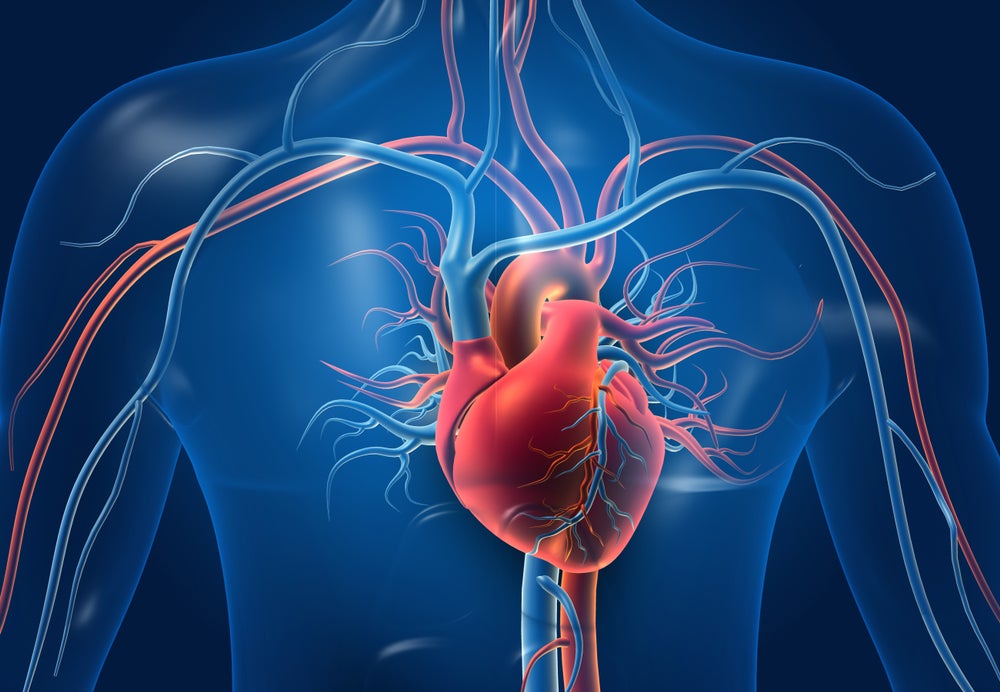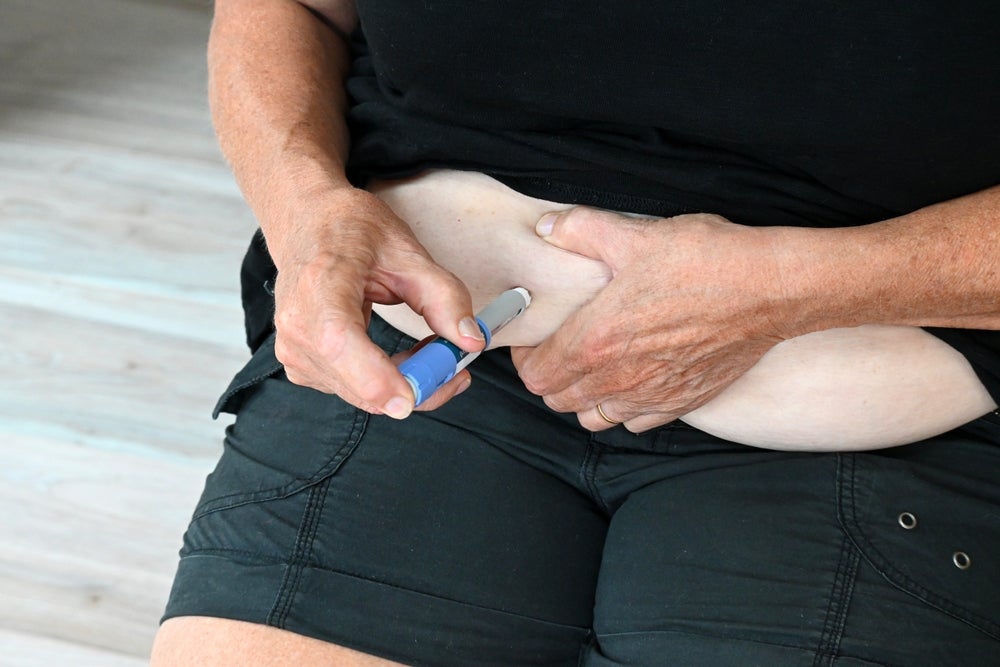CVD, which includes stroke, coronary heart disease, and peripheral arterial disease, contributes to the global disease burden greatly.
GlobalData epidemiologists have estimated that by the end of 2023 there will be just over 5.15 million incident cases of acute ischemic stroke in men and women over the age of 18 years in 16 major pharmaceutical markets (16MM: Australia, Brazil, China, France, Germany, India, Italy, Japan, Mexico, Russia, South Africa, South Korea, Spain, UK and US), and that number is expected to increase to 5.72 million by the end of 2027.
Some CVD risk factors are non-modifiable, such as a family history of the condition; this calls for more attention and effort to be placed on reducing modifiable risk factors such as dietary intake of certain food groups. To maximize the nutritional benefits of consuming a diet with healthy fats incorporated into it, the consumer needs to also pay attention to the type and quality of fat. A high intake of n-3 and n-6 polyunsaturated fatty acids (PUFA), which are mainly from oily fish, vegetable oils, and nuts, has been recommended in the primary prevention of CVD.
However, knowledge to support whether specific dietary advice is needed in relation to the level of PUFA and individuals with a family history of CVD is limited; thus, Laguzzi and colleagues conducted a study, published in December 2023 in American Heart Association Journals, to examine whether low PUFA intake more negatively impacts individuals with a family history of CVD than those without. The study was a pooled analysis of 15 epidemiological studies which in total covered information on biomarkers of PUFA intake, data on family history of CVD, and CVD diagnoses and causes of death for 40,885 individuals. CVD was defined as either a fatal or non-fatal case of coronary heart disease or ischemic stroke, and a family history of CVD was defined as a first-degree relative affected by the disease.
The participating studies created three binary variables to reflect low PUFA intake: (1) was assigned to low linoleic acid (LA), (2) was assigned to low alpha-linolenic acid (ALA), and (3) was assigned to low eicosapentaenoic/docosahexaenoic acid (EPA/DHA). When the analysis was run, the results showed that the group that had single exposure to low EPA/DHA in the absence of a family history of CVD were 1.06 times more likely to develop CVD compared to the group with no exposure to EPA/DHA and without family history of the disease. The risk of an individual developing CVD even without exposure to EPA/DHA was higher than the reference group if they have a single exposure to a family history of CVD, 1.25 times more likely to be precise. An individual with double exposure to low EPA/DHA in combination with a family history of the disease was 1.41 times more likely to develop CVD.
See Also:
How well do you really know your competitors?
Access the most comprehensive Company Profiles on the market, powered by GlobalData. Save hours of research. Gain competitive edge.

Thank you!
Your download email will arrive shortly
Not ready to buy yet? Download a free sample
We are confident about the unique quality of our Company Profiles. However, we want you to make the most beneficial decision for your business, so we offer a free sample that you can download by submitting the below form
By GlobalData








